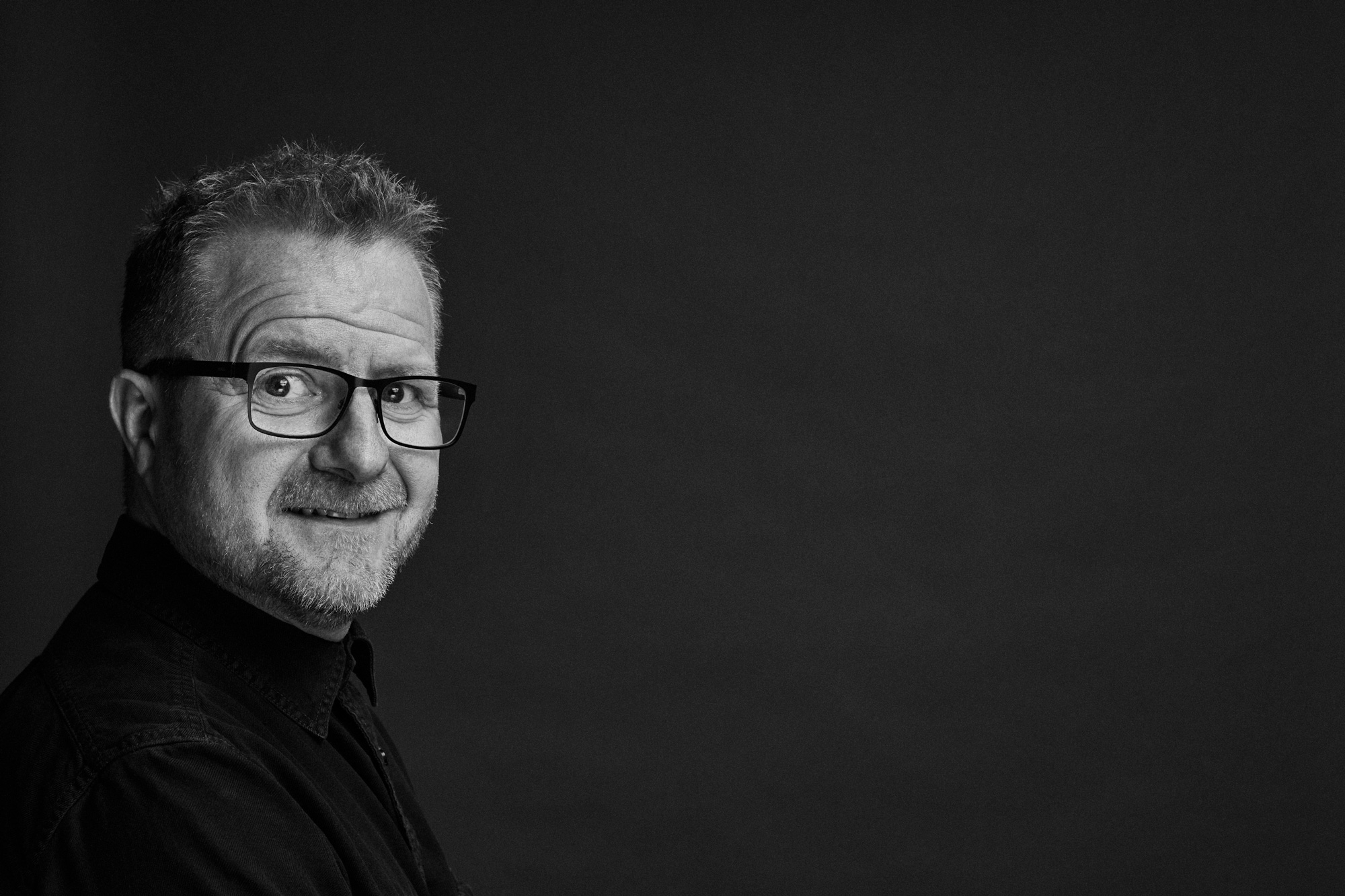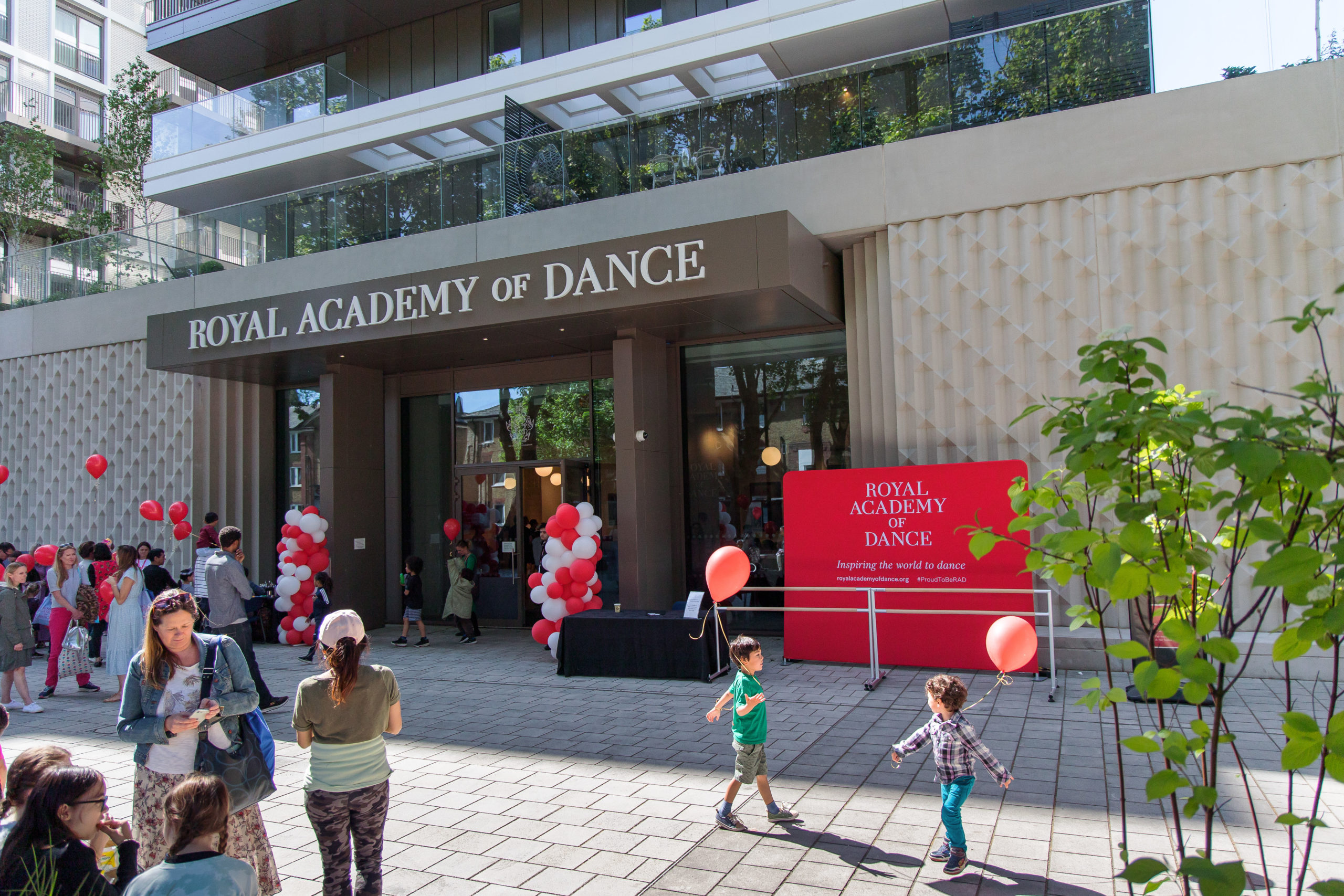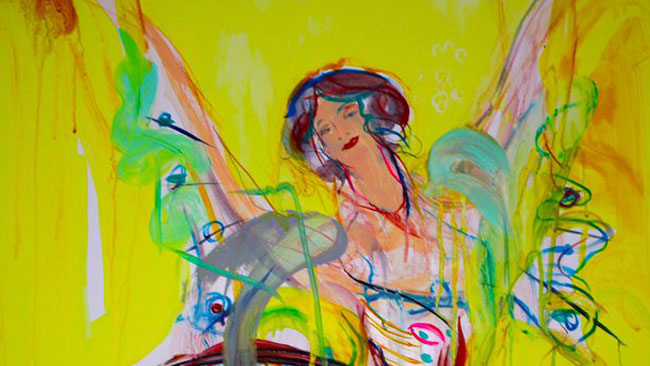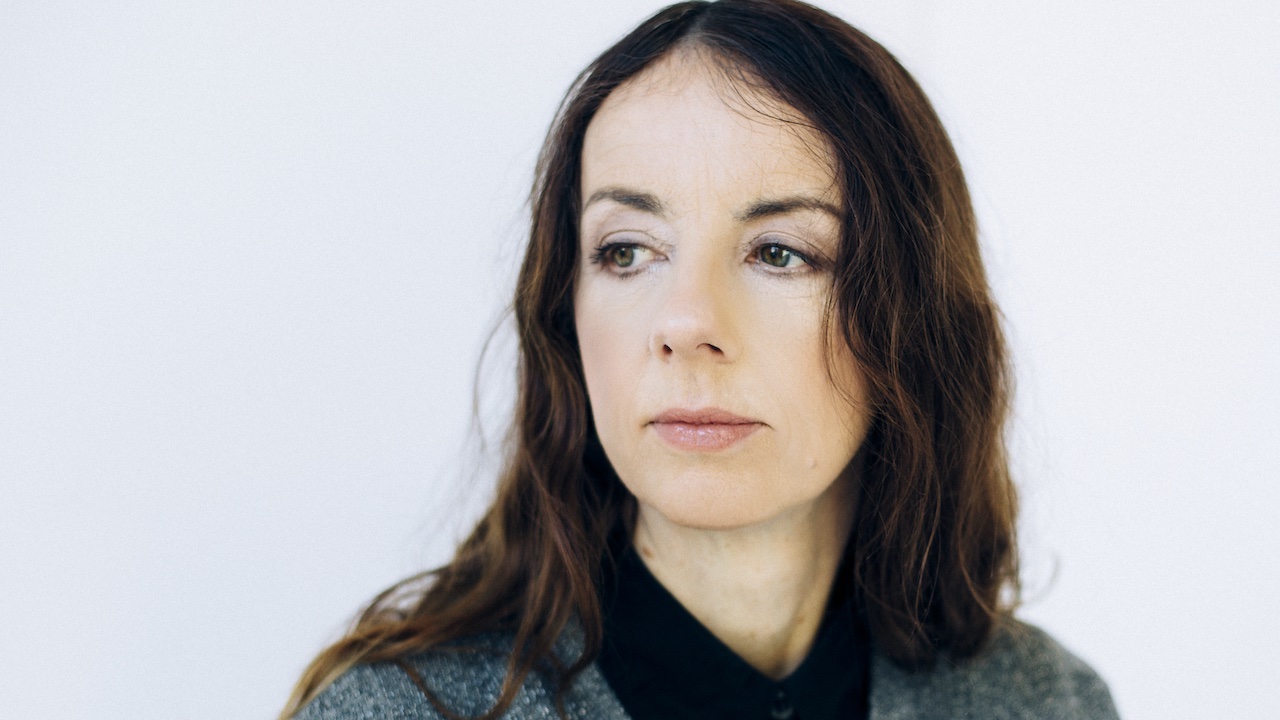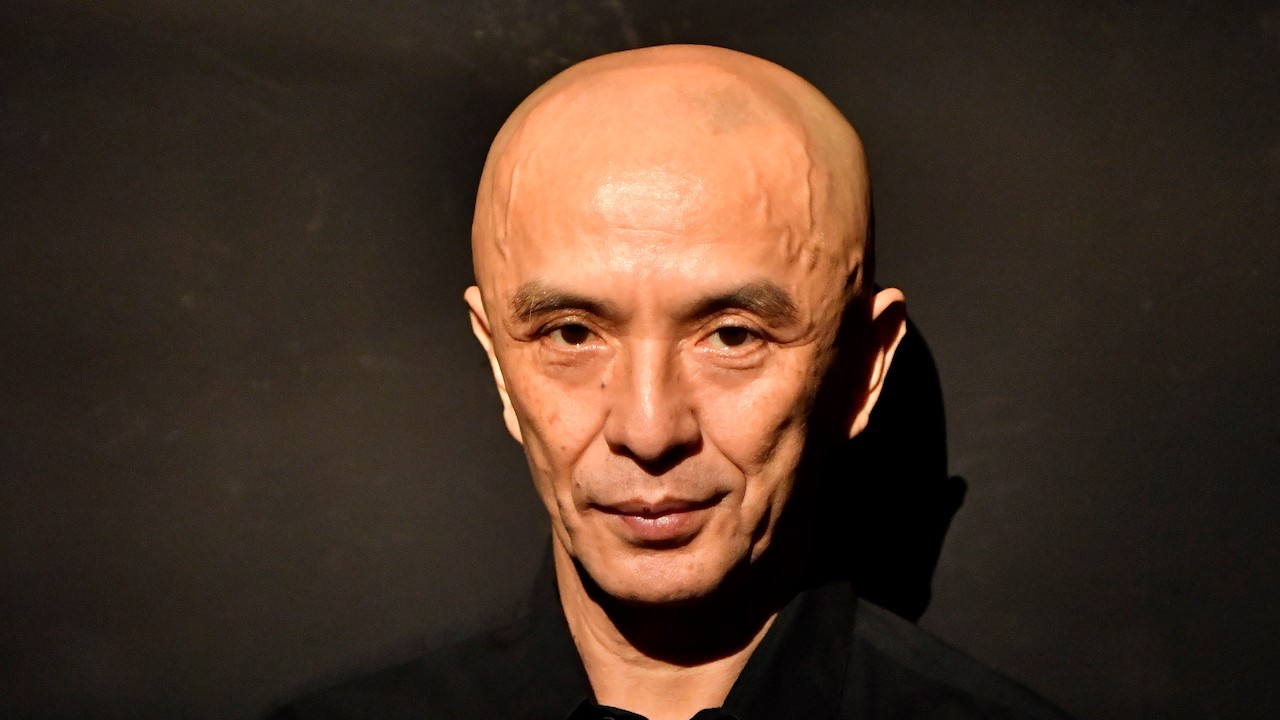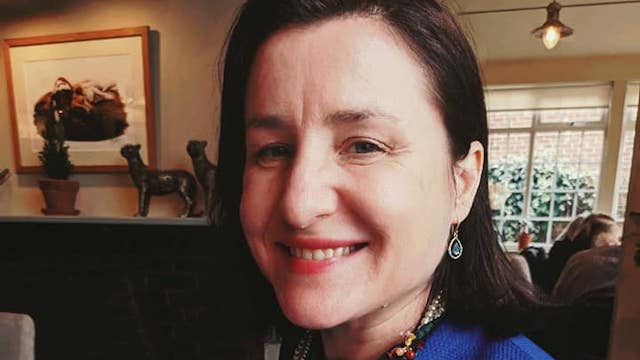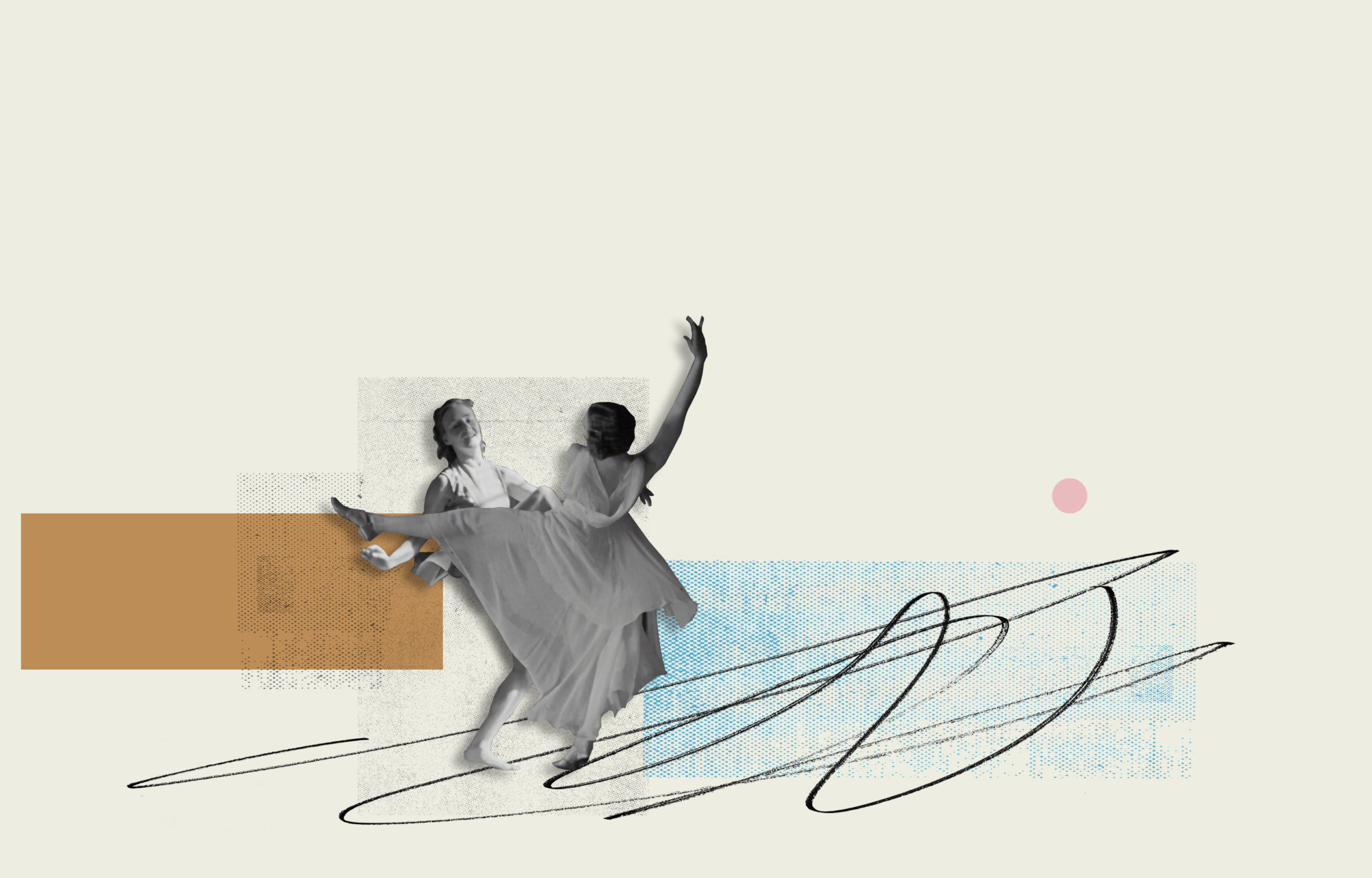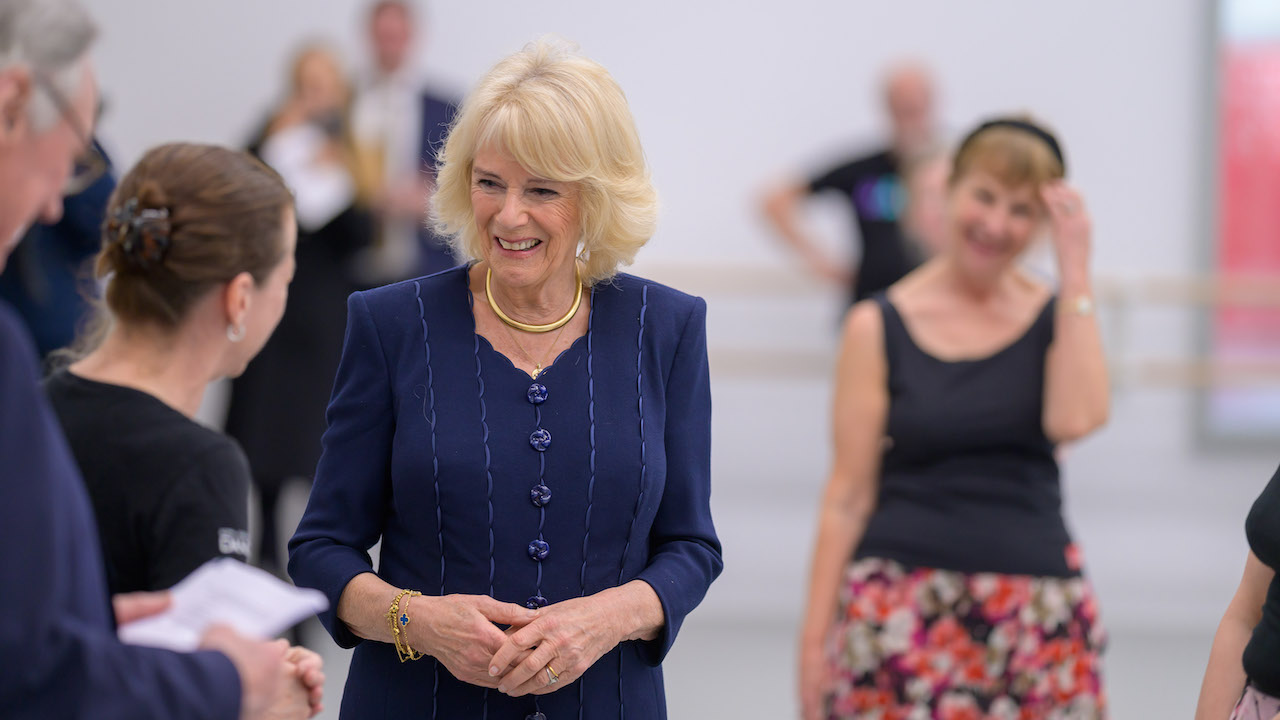On my way to meet the RAD’s new Chief Executive, one question above all demands an answer. Not how the role follows a career which embraces theatre, publishing and finance. Not how he plans to develop the RAD’s work from its new global home. No, I burn to know whether Tim Arthur, as an online biography claims, really is ‘an almost award winning burlesque dancer’?
Arthur winces and then grins. ‘That is great,’ he says. ‘Yes, I was the second best male burlesque dancer in Britain in 2008.’ He was invited to cover a burlesque competition for the London listings magazine Time Out, only to realise he’d been entered into the Male Tournament of Tease. ‘I said, alright then. I was trained by Bearlesque, a phenomenal male burlesque troupe. Every night for six weeks, for four hours a night I trained and trained. Somehow I won my heat, so had to come back for the grand final.’ The final was packed with friends and family. ‘There is something peculiar about hearing your own mum shouting, “That’s my boy!” halfway through a burlesque routine,’ he muses.
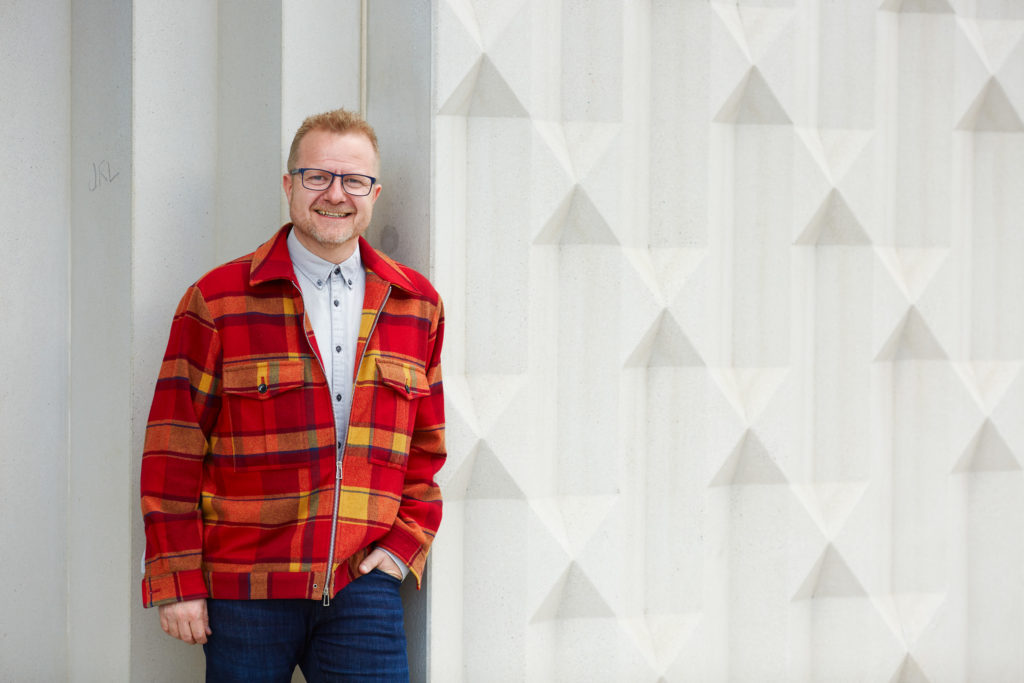
Somewhat to his surprise, he says, ‘I loved it. Loads of other people did the competition, largely to overcome something. It’s very exposing, quite literally.’ For Arthur, who began his routine dressed as a bowler-hatted London businessman, ‘I had a lot of body confidence issues to overcome. And I took it really seriously – if I commit to something, I really commit. It was a complicated eight-minute routine. I’d danced when I was a kid, ballet and tap up to about eight or nine, but not anything since, so I was remarkably proud of myself.’ He was even offered a couple of professional gigs.
Vegas beckoned, but here he is in Battersea. And what does his burlesque moment reveal about the RAD’s new boss? He’s not afraid of a challenge, or of looking daft. He’s a showman, a grafter, and if you put him in a corner with only a bowler hat to protect his dignity, he’ll still give his all.
We’re sitting in the RAD’s new global headquarters during the handover from Arthur’s predecessor Luke Rittner. ‘This is Luke’s legacy,’ he says admiringly. ‘Luke has created a state of the art, incredible space. The studios are the best in London. I want our members to feel proud that we’ve created this for them and also for the community here in Wandsworth. We’re a global entity, so for members from around the world, this is their home in London – I’ll give them personal tours!’
Only weeks into his new role, Arthur is still ‘in the listening phase.’ When he first applied for the job, he admits, ‘I had an awareness of the RAD, but had no idea about its scale and global reach. This is an amazing organisation touching lives every day.’ Progressing through the rounds of interviewees, he met RAD staff, teachers and members. ‘I don’t think I’ve ever come into a business where people feel more passionate about an organisation,’ he marvels. ‘People love it with a passion and ownership that I’ve never come across. It’s an amazing gift and responsibility to take the organisation to the next level, but keep everything that people hold dear: all the DNA, all the values. The legacy that Luke leaves is incredibly impressive, you don’t want to screw it up.’
‘I took the burlesque challenge seriously – if I commit to something, I really commit’
Guy Perricone, the RAD’s Chairman, believes the Academy is in safe hands. ‘Tim has both commercial and artistic experience,’ he says, ‘with great sympathy and sensitivity for the RAD’s cultural, educational and artistic value. The importance he attached to the membership was critical. And, to be blunt, he’s a really nice person. There is an ambassadorial aspect to the CEO role – somebody who can present the RAD in the best possible light.’
Arthur is an undeniably amiable presence, willingly changing his jacket and bopping about the RAD’s new building for the Dance Gazette photoshoot. There are no diva antics to report. He grew up in London, and his mother Toni appeared on Play Away, a vastly popular British children’s tv programme in the 1970s. ‘I often get people saying, I grew up with your mum – I tend to say, and so did I.’ Toni and his father, Dave, were folk musicians, and young Tim toured with them as, he says, their precocious lighting designer.
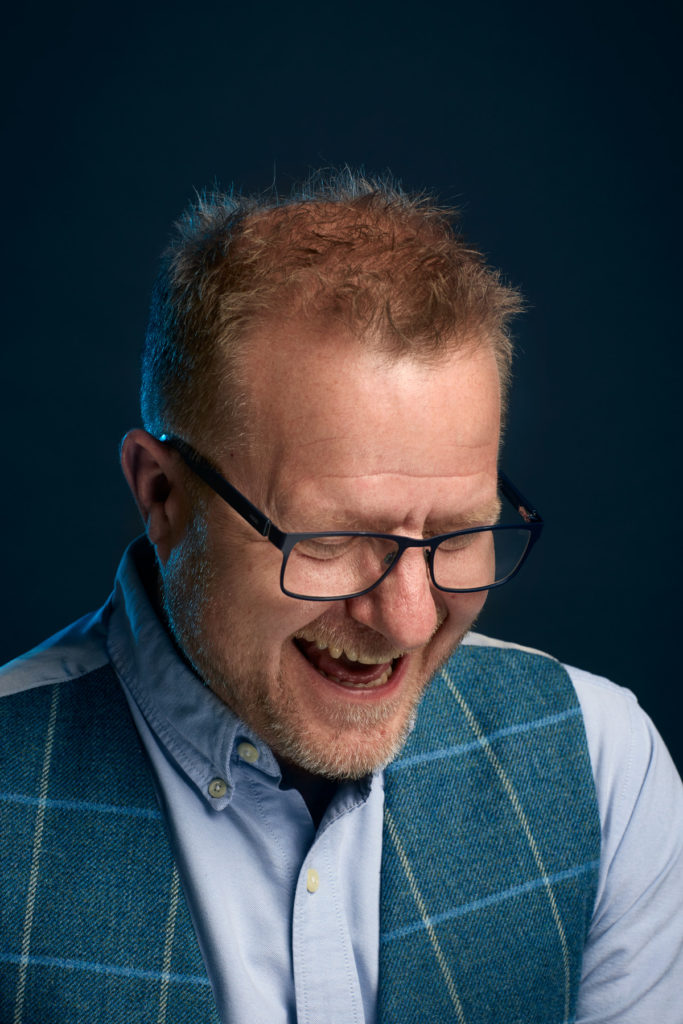
A lasting love for the arts was implanted early. ‘It was all my childhood,’ he says. ‘The importance of the arts ran through it like words in a stick of rock – how they could transform or fulfil your life. Our house was full of music, there was no getting away from it.’ Folk dance too: ‘My dad taught me clog dancing when I was three or four, in actual Lancashire wooden clogs. We were part of a Morris dancing group. We used to sing as a family, four-part harmonies around the piano.’ He thinks for a second. ‘It sounds a bit like an English Von Trapp family, now I say it out loud.’
Although his university degree was in religious studies (‘I’m fascinated in the psychology of what motivates people’), Arthur’s first job was ‘teaching drama to the long term unemployed in Greenwich.’ It wasn’t easy. ‘There were people who didn’t want to be there at all,’ he remembers. ‘I was potentially out of my depth, but they were really generous – they gave me a go. By the time I left, we had 40 people, doing some amazing performances.’ The experience taught him that ‘you can transform people’s lives with the arts, but only if you’re open and engaging – it’s a two-way relationship.’
Similar lessons thrummed though his leadership of Cardboard Citizens, a theatre company working with the homeless. ‘I’m still friends with loads of those amazing people,’ he beams. ‘When I see them around London, they’ll give me a big hug.’ But what can the arts offer those in urgent need of food or shelter? ‘Often, when you work with homeless people, they are in survival mode – they lose hope or a sense of worth, they don’t feel part of a community. In Cardboard Citizens, they could feel valued. The arts have profound impact on people and their understanding of what they’re capable of, with a huge effect on the rest of their life.’
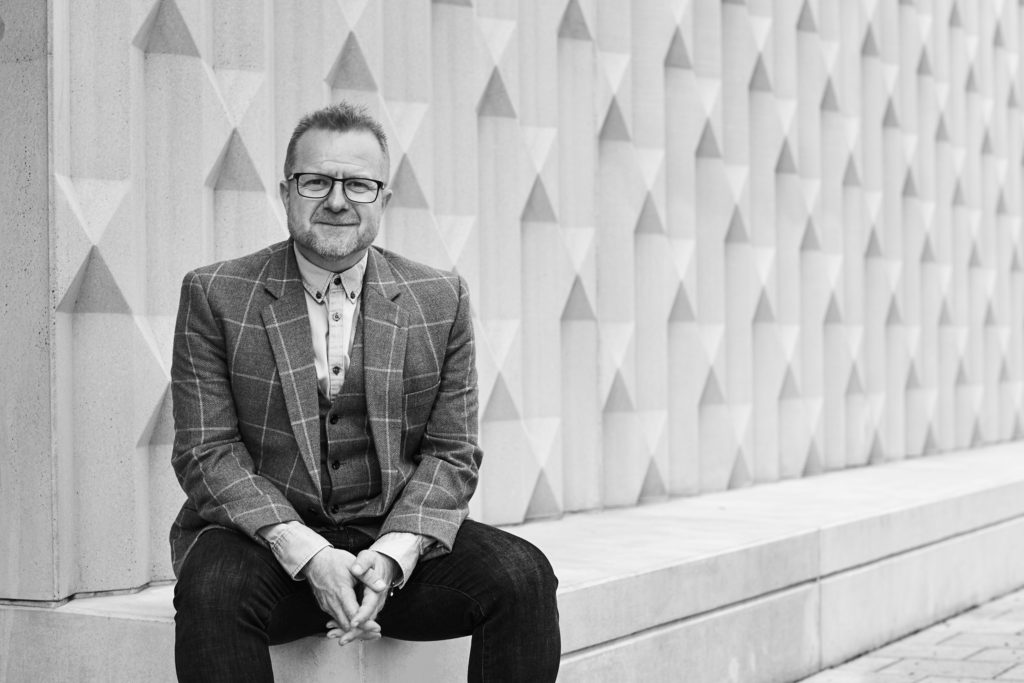
‘I’ve never come into an organisation that people feel so passionate about’
From theatre, Arthur moved to join Time Out, with its listings magazines and city guides, ending as its Global CEO. ‘The great thing Time Out does is help people discover great art,’ he says. Less predictable was a shift into banking, as Creative Director at Virgin Money. ‘For people who knew me, that was the biggest swerve,’ he concedes. But he describes Virgin’s then chief executive, Dame Jayne-Anne Gadhia, as ‘one of the most inspiring people I’ve ever worked with. She told me that she wanted to create a bank that people loved and was there for them, looking after them at the worst times and also helping them to build and celebrate. She would make business decisions – worth millions or billions of pounds – based on her values, which were: does this make people better off? She’s probably the best boss I’ve ever had.’
If there is a thread through these disparate careers, he considers, ‘it’s always people, and how you create positive change’ – he’s also training as a psychotherapist. ‘If your motivation is to make people’s lives better, you can do that in hundreds of ways. Dance is an amazing way to do it.’
This is a message Arthur hears from RAD members. ‘That has got me most excited, because of their passion,’ he says. ‘I’m going out to dance schools, talking to examiners. I want to know, what could we do better? How has the world changed, and how should we respond? The membership will know the answers.’ He already feels very much at home. ‘I ran my own drama school. I’ve been meeting RAD teachers and it feels so familiar. I know exactly what it’s like to go with a set of keys to open up a cold hall. I know the juggling act of being creative and a great teacher, but also running a business. Everything we do at the RAD is based on the desire to build an organisation that members will be proud of, and that is useful and helpful to them.’
We run through challenges facing the RAD as it settles into the 21st century. As in all arts organisations, safeguarding has become a key concern. ‘Student safety is first and foremost,’ Arthur declares. ‘Every child should feel safe, and my number one issue is that we continue to improve our safeguarding practices, and help our members with them.’ The Academy has appointed its first full time safeguarding officer: ‘it’s beholden on the RAD to lead the way as a beacon.’ He is also keen to consult with members for their ideas: ‘we are one family and should learn from everybody.’
‘I want to build an RAD that members will be proud of’
Expectations on this issue may differ across the RAD’s territories – is it possible to produce consistent practises for over 80 diverse countries? ‘Different cultures have different expectations, different needs,’ Arthur acknowledges. ‘At Time Out we had a core set of values, and tried to make sure that all the Time Outs around the world felt part of one family. But they were given enough freedom to thrive in their own cultures. Having taken my first RAD trip, to Australia, I sense it’s very similar. We’ve got to listen to people around the world because they will know their market best.’
Ballet’s poor record on diversity – on and off stage – is another urgent issue. Does Arthur’s appointment reflect that urgency? ‘It’s a valid question,’ he says. ‘There’s no getting away from it, I’m a white, middle aged man, I’m not the most diverse choice. But I’m passionate that there is diversity and equality, not just within the organisation and membership, but also within our student base. How do we reach out to different audiences and celebrate different cultures? All I can do is promote inclusivity, equality and diversity with everything we do.’
How does Perricone imagine Arthur’s RAD? ‘Obviously, it’s early days,’ he responds. ‘But I’ve already sensed his openness – he wants to go out and be our ambassador. He’s also grasped that if we’re not serving our members we are missing a very big trick.’ And for Arthur himself, a road that has passed through clog dancing, theatre for the homeless and, yes, burlesque seems to lead logically to the RAD. ‘It just feels like a dream job for me,’ he says. ‘What an opportunity, what a gift.’

